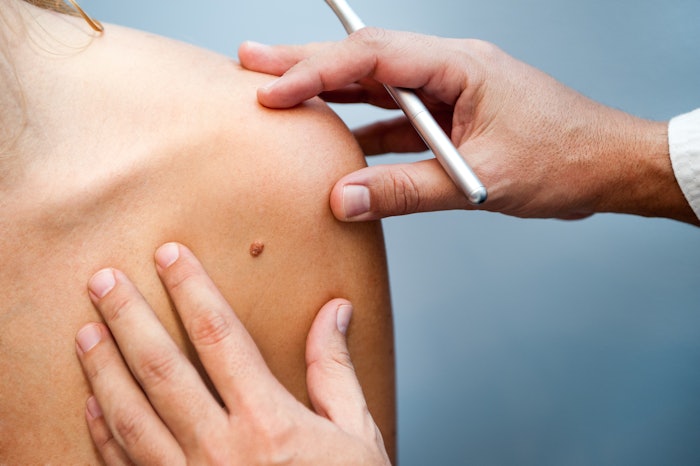
The Journal of the American Academy of Dermatology [1] recently examined skin organoids’ implication on the customization of treatment, noting its ability to replicate native skin features and simulate physiological responses. Its capabilities can model disease and skin conditions, innovating regenerative medicine and the possibilities of treating unique skin concerns.
The clinician uncovering these findings, Diala Haykal, MD, reported that skin organoids are three-dimensional skin models created from stem cells, typically through reprogrammed adult skin cells. These cells can replicate native skin features, including stratified epithelium, melanocytes, fibroblasts and immune cells [1].
“Patient derived skin organoids have the potential to transform how we as dermatologists manage and care for patients,” says Melda Isaac, MD, board-certified dermatologist at MI Skin
In vitiligo, melanocyte-rich organoids allow observation of pigment cell destruction and response to targeted therapies. As these organoids closely mimic real human skin, initially used for drug screening, organoids are now applied to study inflammatory conditions like psoriasis and melasma, as well as rare genetic diseases.
Skin organoids, in addition to technologies such as bioprinting and skin-on-a-chip systems that enable the incorporation of microvasculature, mechanical stress and perfusion flow, would allow for analysis of skin responses to topical or systemic therapies. Organoids are shown to assist in tracking keratinocyte response to retinoids or corticosteroids over extended periods [1].
These organoids could support tailored therapies and early intervention as they stimulate real-world skin responses, aiding in replicating wound healing dynamics, microbiome interactions and barrier repair mechanisms, Haykal writes– critical domains in dermatology where individualized responses are poorly understood, she states.
“These living tissue models will allow us to personalize therapies for a wide variety of conditions ranging from inflammatory skin diseases such as eczema or psoriasis to wound healing and of course aesthetics,” says Isaac.
References:
1-https://www.jaad.org/article/S0190-9622(25)02459-4/fulltext?dgcid=raven_jbs_aip_email











